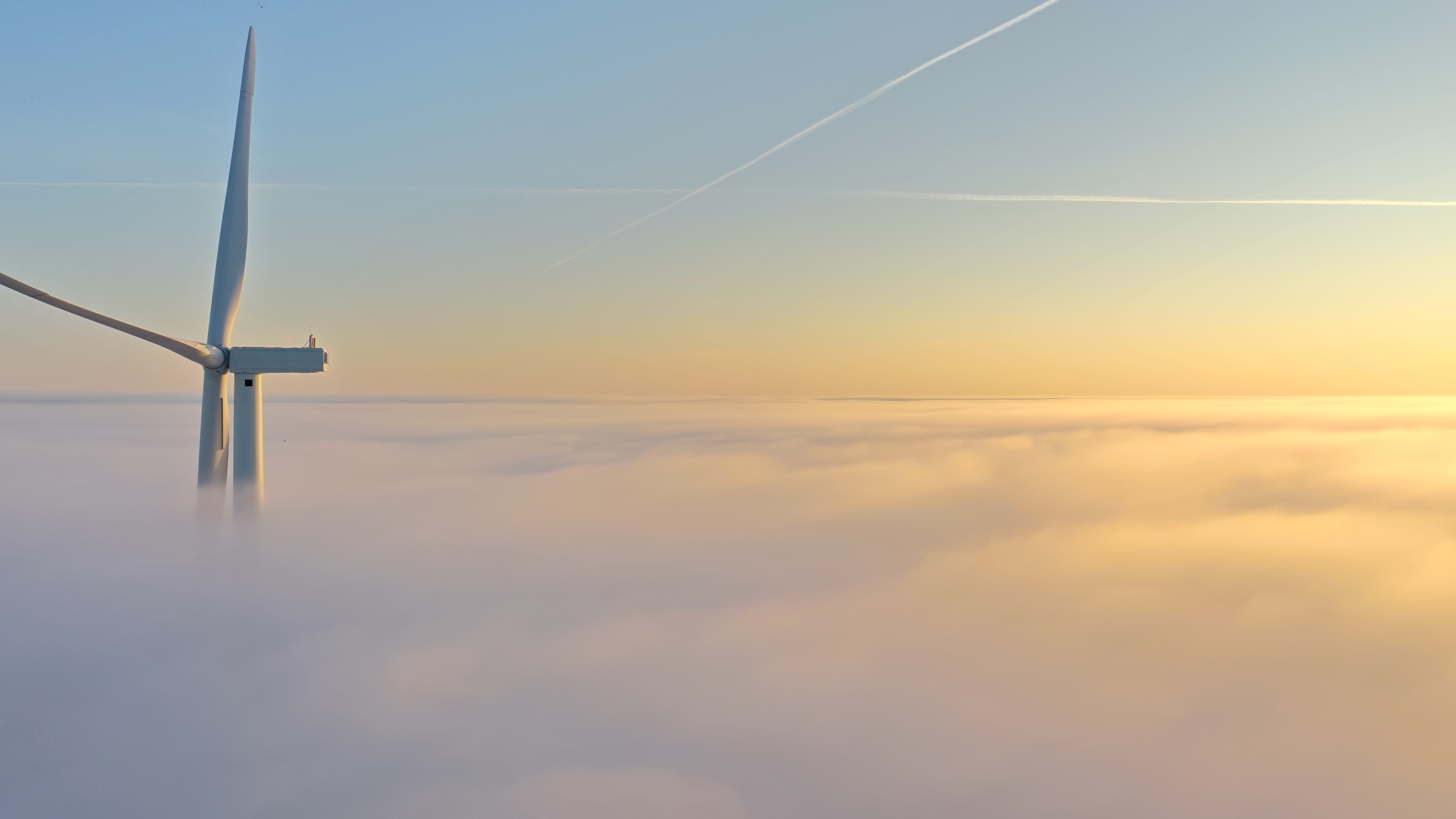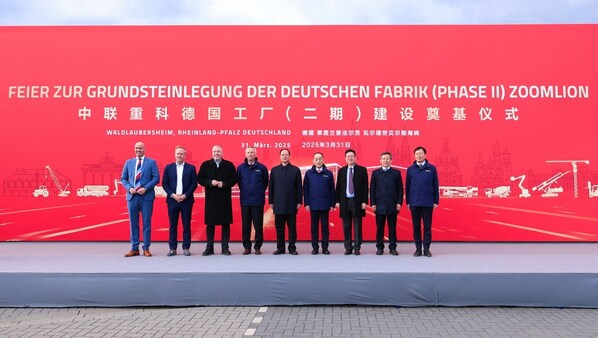
GE Renewable Energy announced Sierra, its newest onshore wind turbine platform designed specifically for the North America region. The 3.0-3.4 MW turbine features a 140-meter rotor and is offered with a variety of hub heights, including a <500’ option. Sierra also includes GE’s revolutionary two-piece blade, designed to improve logistics, installation and serviceability. The business has currently received more than 1 GW of orders for the turbine platform.
GE has today manufactured, installed and commissioned its first site of Sierra turbines, which exceeded 98% availability faster than GE’s previous onshore platform launches to date, and is operating with 4 points higher capacity factor, compared to GE’s 2 MW platform.
Sierra is built on the legacy of GE’s bestselling 2 MW platform, which recently surpassed 30 GW of installed base globally. The Sierra platform launched with two prototypes, one in Lubbock, TX and one in Kamataka, India, with more than a year of successful run time on each.
Pat Byrne, CEO for GE’s Onshore Wind business, said, “We are absolutely delighted to introduce our Sierra platform to the North America onshore wind industry-- the most tested and validated turbine in GE’s history. This is a turbine that was designed specifically for the future needs and unique challenges of the region, taking into account significant feedback and insights from our customers and wind farm developers. From siting to execution and operation, Sierra offers our customers continued quality and stability. Our installed base of Sierra turbines has recorded the highest reliability and availability in a GE turbine launch to date, and we couldn’t be happier with its performance and customer reception.”
Sierra turbines will be manufactured at GE’s Pensacola, FL manufacturing facility, with a significant portion of its components manufactured in North America. The 68.7m two-piece blades are manufactured by both LM Wind Power and TPI, enabling improved transportation logistics, installation and serviceability/upgrades.
Jason Cooper, North America CEO for GE’s Onshore Wind business, said, “GE’s Sierra platform will help our customers to capture even more wind energy while improving economics. We know that wind power is a key element of driving decarbonization and a dependable and affordable energy option, and we’re confident that Sierra will be a key part of the future landscape of wind turbines installed in the US in the coming years.”
GE’s Sierra platform includes a variety of key enhancements, including:
- High capacity factor turbines with reduced pads per site (+4 pts capacity factor with 15% less pads needed per 100 MW compared to 2 MW)
- GE’s revolutionary two-piece blade for reduced logistics, improved site installation and improved serviceability
- Simplified machine head & electrical system, built off GE’s 2 MW platform, including single main bearing, single piece down tower assembly (DTA), external pad mount transformer (PMT) and rail-shippable machine head – supporting ease of installation & serviceability
- Optimized 3 & 4 section towers for ease of transport & installation, including 500’ tip height 81m tower option for FAA limited sites
- Crane flexibility, optimized for readily-available 600-ton crane class to reduce cost & eliminate crane supply constraints; single blade & full rotor installation compatible
- Variety of features & accessories to support diverse siting challenges, including bat acoustic deterrent, enhanced corrosion, noise reduction mode and more
- Shared pitch bearing from GE’s legacy European platform fleet, with over a half decade of proven field operation
- Groundbreaking serviceability enhancements, including machine head material handling system with 400kg capacity, crane-less repair technology and rear-entry hub accessibility
GE Renewable Energy was recognized by the American Clean Power Association (ACPA) as the top manufacturer of wind turbines in the US in 2021, for the fourth year in a row. Of the total onshore wind installed nationwide, ACPA reported that GE technology was deployed in 50% of new capacity additions, as well as in 49% of new projects under construction or in advanced development that have selected an OEM.





.png)


































.jpg)








%20(1).jpg)







.jpg)































.png)














